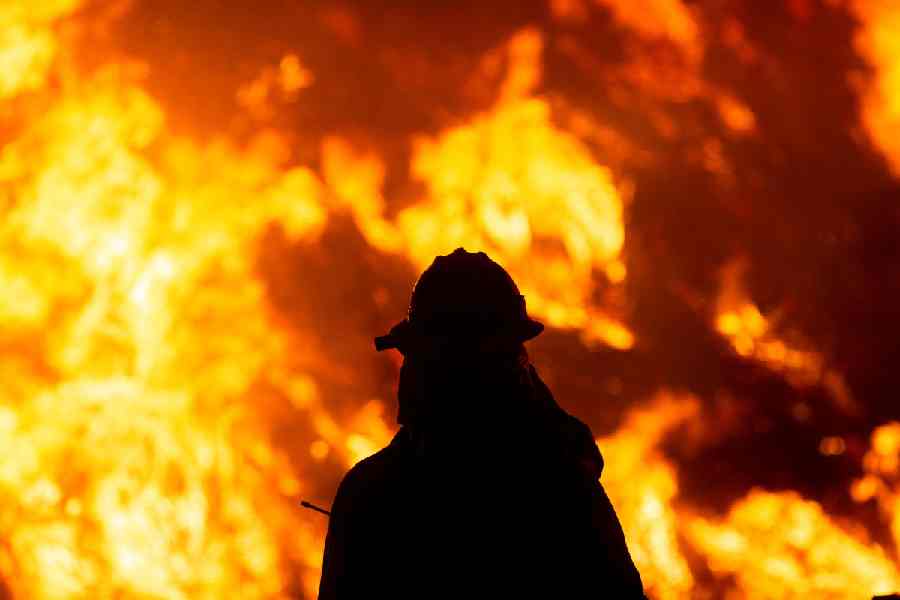 Thursday, 23 January 2025
Thursday, 23 January 2025
 Thursday, 23 January 2025
Thursday, 23 January 2025
Cyclone Dana is set to make landfall on the Odisha-West Bengal coast as a severe cyclonic storm. The Telegraph Online separates myths from facts to help you prepare properly and avoid unnecessary panic.
Myth 1: The cyclone will hit without warning
Fact: The India Meteorological Department (IMD) has tracked cyclone Dana since it was a depression. The IMD has clearly warned that Dana will intensify into a cyclonic storm on October 23 and a severe cyclonic storm by October 24. It is expected to hit between Puri in Odisha and Sagar Island in West Bengal by October 24-25. Warnings have been issued in advance.
Myth 2: All areas in Odisha and Bengal will face the same impact
Fact: Not all areas will experience the same level of intensity. Coastal regions, especially in Odisha’s Balasore, Bhadrak and West Bengal’s South and North 24 Parganas, East-West Medinipur will see heavy to very heavy rainfall and strong winds of 100-110 kmph.
Cities like Kolkata and Howrah may experience slightly lower wind speeds and heavy rain. Inland areas may see less severe effects, but caution is still necessary.
Myth 3: The cyclone will last for many days
Fact: Cyclone Dana will likely make landfall between late evening of October 24 and the morning of October 25. After landfall, the storm will weaken as it moves inland. The most severe impacts, including heavy rain and strong winds, are expected to be short-term. Conditions should start improving by October 25 evening.
Myth 4: It’s safe for fishermen to stay out until the cyclone arrives
Fact: Fishermen have been warned to return to shore immediately. The IMD has advised that fishing operations be suspended from October 22 to 25 in central and north Bay of Bengal. Wandering near the sea areas may be extremely dangerous due to rough conditions, with wind speeds reaching 100-120 kmph, particularly from October 24 onwards.
Myth 5: There’s no risk if you stay indoors
Fact: While staying indoors is safer than being outside, certain precautions are still necessary. The cyclone can cause damage to homes, especially those with thatched roofs. Metal sheets or loose objects can become projectiles in high winds, so it’s important to secure these items. There is also high possibility of localised flooding, trees falling and power outages in Kolkata and Howrah. Coastal hutment residents are being moved to safer places. It is advised to secure windows, doors, and remove or tie down loose objects that could be picked up by strong winds. Also keep a basic emergency kit ready with essential supplies, including water, food, medicines, candles, torch, matchboxes.
Myth 6: Cyclones only bring wind, not heavy rain
Fact: Cyclone Dana will bring both. Extremely heavy rainfall (more than 20cm) is expected in parts of Odisha and coastal West Bengal, leading to potential flooding and waterlogging, especially in low-lying areas. The IMD has warned that rain will start on October 23, intensifying on October 24 and 25. Flooding of roads, mudslides, and disruptions to transport are possible. Therefore, it is advised to stay away from low-lying areas prone to waterlogging.
Myth 7: Travel within the city won’t be affected
Fact: The IMD has issued warnings about possible travel disruptions, especially in urban areas due to waterlogging and reduced visibility from heavy rainfall.
People are advised to avoid non-essential travel.







